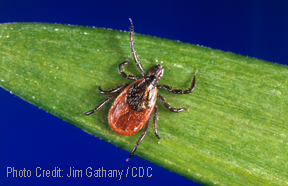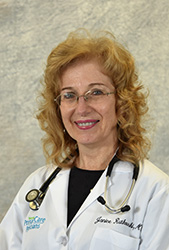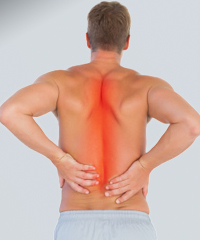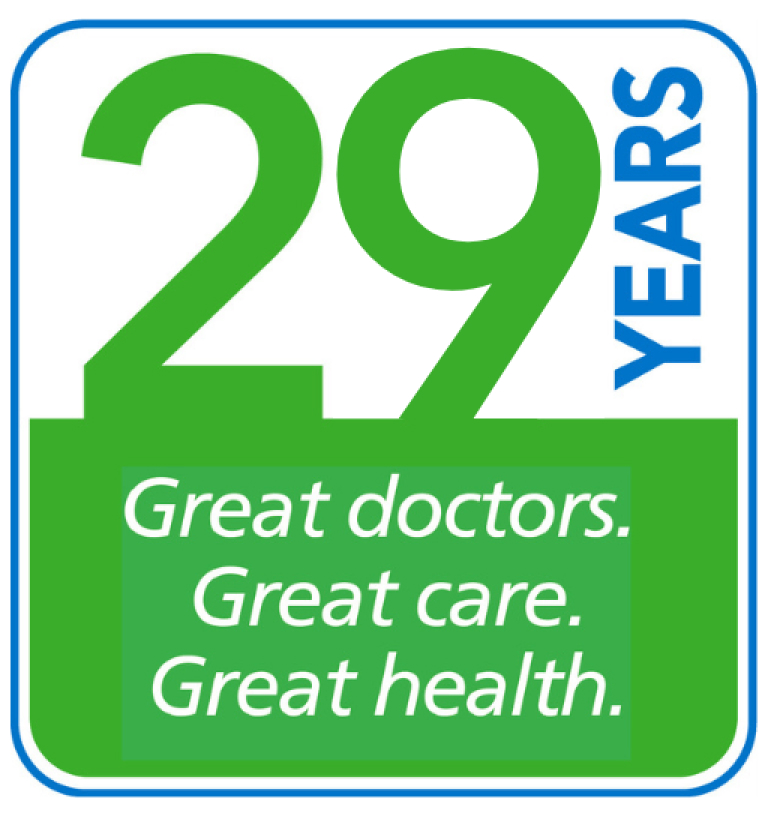 Q: What exactly is a stroke?
Q: What exactly is a stroke?
A: A stroke occurs when a blood clot blocks an artery, or a blood vessel breaks, interrupting the flow of oxygen-rich blood to an area of the brain. The result is that brain cells begin to die and brain damage can occur. Minutes count when someone’s having a stroke.
Q: Are there specific warning signs?
A: The key warning signs of a stroke are sudden onset of symptoms- usually numbness or weakness of the face, arm or leg, especially on one side of the body. The person can also have trouble speaking, seem confused or have trouble seeing in one or both eyes. Another common symptom is dizziness or a sudden severe headache with no known cause. If you personally sense these symptoms, or see them in someone you are with, call 9-1-1 immediately. Some women also report symptoms of sudden hiccups, nausea or shortness of breath.
The National Stroke Association has come up with the acronym F.A.S.T. to help people remember the signs of stroke:
F= Face drooping. Does one side of the face droop? Ask the person to smile and see if it looks uneven.
A= Arm weakness. Is one arm weak/numb? Ask them to raise both arms and see if one drifts downward.
S= Speech difficulty. Are they slurring words or hard to understand? Ask them to repeat a simple sentence.
T= Time to call 9-1-1.ll know when the first symptoms appeared.
Q: Why is time so critical?
A: The most effective stroke treatments must be applied within the first three hours of symptoms. We have anti-platelet medications and certain procedures that can help get blood flow returned to the brain before there is permanent damage. That 3 hour window is critical, so make sure you share the signs of stroke with your family. You may help save a life.









